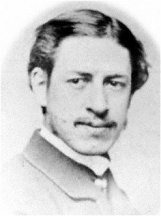 William
O. Stoddard (1835-1925) Assistant secretary (1861-1864) who sometimes
accompanied the President to weapons tests. He was appointed "Secretary
to the President to sign land patents" on July 15, 1861 after working as
editor of the Central Illinois Gazette, serving first in the Interior Department.
One of his original responsibilities was to prepare a digest of newspaper
articles; it was stopped because, according to Stoddard, "Mr. Lincoln never
found time to spend an hour upon laborious condensations." According
to Secretary John G. Nicolay's daughter, "When the mass of correspondence
finally grew too great for the two secretaries to handle, extra help was
secured, as John Hay's had been, by whipping the devil around the stump—a
clerk being ostensibly appointed to one of the departments, then assigned
to 'duty at the White House.' William O. Stoddard, perhaps the earliest
of these, was originally a clerk in the Department of the Interior, authorized
to sign land patents for the President. But since few land patents were
signed during the war years, he was told to report at the White House where
land patents could be signed just as well." William
O. Stoddard (1835-1925) Assistant secretary (1861-1864) who sometimes
accompanied the President to weapons tests. He was appointed "Secretary
to the President to sign land patents" on July 15, 1861 after working as
editor of the Central Illinois Gazette, serving first in the Interior Department.
One of his original responsibilities was to prepare a digest of newspaper
articles; it was stopped because, according to Stoddard, "Mr. Lincoln never
found time to spend an hour upon laborious condensations." According
to Secretary John G. Nicolay's daughter, "When the mass of correspondence
finally grew too great for the two secretaries to handle, extra help was
secured, as John Hay's had been, by whipping the devil around the stump—a
clerk being ostensibly appointed to one of the departments, then assigned
to 'duty at the White House.' William O. Stoddard, perhaps the earliest
of these, was originally a clerk in the Department of the Interior, authorized
to sign land patents for the President. But since few land patents were
signed during the war years, he was told to report at the White House where
land patents could be signed just as well."
Stoddard briefly joined the
army after the fall of Fort Sumter on April 12, 1861. One Sunday in May
1861, Stoddard recalled that he "took a furlough and went to the White
House. It wore a deserted look. My latchkey let me in. I went upstairs
and from room to room. All were empty, for Mr. and Mrs. Lincoln were at
church, and I don't know where the boys were. In my room were many papers
awaiting my signature, but I left them on my table and walked over to Nicolay's
room, to be greeted by a shout from the distinguished but now forgotten
Colonel Elmer Ellsworth ....We were talking war and the future when I picked
up a carbine which stood in a corner and began to put Ellsworth through
the manual of arms. As I did so, my orders brought him close to the south
window. His movements had the precision of a machine. When the order came
to take aim, the carbine went forward recklessly through a pane of glass,
and I ordered him to shoulder arms. When the others came in, we had a story
to tell them of an assassin among the bushes out yonder who had doubtless
mistake Ellsworth or me for the President, and had attempted assassination.
Perhaps the yarn would have lasted longer if Ellsworth could have kept
his face straight, but as it was, the fun ended, and he and I went to our
quarters." Stoddard's son later wrote that Mr. Lincoln was "partial" to
"Stod." "On many evenings he took 'Stod' along when he made his calls on
Secretary of State Seward and once on a vitally important call on General
McClellan. To this were added trips to the Ford Theater. Even at that early
age Stoddard was a writer (in ...Often when Lincoln had prepared an address
he would call 'Stod' into his private office across the hall to listen
to it. He would say, 'for criticism,' but what he really wanted was a preliminary
audience. He wanted to hear himself deliver his speech. Stoddard understood
this perfectly; he listened, but knew better than to criticize, except
with a touch of humor."
The handsome, diplomatic
Stoddard was assigned to help Mrs. Lincoln, thereby acting as a personal
buffer between her and the other two secretaries, among whom no love was
lost. Stoddard "was given a desk in Mr. Hay's office, and among other duties
took over the care of Mrs. Lincoln's mail. She liked 'Stod' better than
she liked either my father or John Hay, and appears to have called upon
him for all kinds of services, which they were only too glad to delegate
to him."4 Stoddard may have gotten along better with Mrs. Lincoln because
he had similar notions about taking advantage of his position to make money.
He provided information to a New York banker which helped predict gold
fluctuations and contributed greatly to his financial independence. When
Mrs. Lincoln heard of his success, she said: "I'm so glad to hear it! I
think a great deal of Mr. Stoddard. Glad to hear of his good luck." Mrs.
Lincoln instructed Stoddard to open and screen all of her letters, even
those from her family. Stoddard later wrote: "The insane, the depraved
and the fiendish have by no means restricted themselves to the President
in their infamous penmanship. His vilest foes are willing to vent their
infernal malice upon his unoffending wife..."6 Stoddard's health, like
those of the President's other secretaries, suffered during his service.
In early 1862, he had a bout of typhoid. Stoddard was latter appointed
U.S. Marshal in Arkansas and became a prolific writer of historical and
children's books. He recalled the President's final words to him in the
President's office: "Take these things with you then' - passes, letters,
orders for transportation are in your hand - 'and now there's just one
thing I want to say. The war is nearly over. Just when it will end, I can't
say, but it won't be a great while. Then the Government forces must be
withdrawn from all the Southern States. Sooner or later, we must taken
them all away. Now what I want you to do is this: do all you can, in any
and every way you can, to get the ballot into the hands of the freedmen!
We must make voters of them before we take away the troops. The ballot
will be their only protection after the bayonet is gone, and they will
be sure to need all they can get. I can see just how it will be. Will you?'
Stoddard's influence with
Mrs. Lincoln and handling of incoming correspondence gave him more power
than his position might have warranted. By withholding papers in one capital
case, he may have contributed to a man's execution, according to Stoddard's
own version of the incident. He claimed to misplace papers of a guerilla
who was facing execution. After it was too late to stop the execution,
Stoddard said he "found those papers and took them in to the President.
His eyes, and the droop of the corners of his mouth, showed complete understanding.
He knew perfectly well that I had feared he would pardon that murderer.
He said nothing, but I had the feeling that we were in agreement as to
that execution." Stoddard also took pride in claiming that he personally
made the first copy of the draft Emancipation Proclamation in September
1862. Stoddard also recalled a less joyous time - on May 6, 1863 when news
of the Union defeat at Chancellorsville reached the White House. Stoddard
was working in John Hay's office: "Long hours meant nothing to me, and
it was nine o'clock when I first saw Seward, Halleck and Stanton come out
of Lincoln's room and walk slowly away. I was alone on that floor of the
White House, except for the President across the hall behind the now-half-open
door. It seemed to me the hall and the silent rooms were full of shadows,
some of which came in and sat down by my desk to ask me what I thought
would become of the Union cause and the country. Not long afterward, a
dull, heavy, regularly repeated sound came out of Lincoln's room and found
its way to mine. As I listened I became aware that this was the measured
tread of the President's feet. He was walking the length of the room, to
and fro, from wall to wall, on the farther side of the Cabinet table."
For the next six hours, Stoddard heard the "tramp, tramp, tramp" of the
President's feet. Early the next morning, he found President Lincoln seeming
fresh and composed at his desk, having written instructions to General
Joseph Hooker. "I knew that an answer had come to him during that long
night of marching, for he turned to me as composed as though he had not
been up all night in that room face to face with disaster," recalled Stoddard.
After two bouts with typhoid, Stoddard left his White House post in July
1864. He had taken a break in July 1863, suffering from "Potomac River
malaria" and gone north to New York. President Lincoln subsequently named
him the federal marshal in Arkansas.
Prior to coming to Washington,
Stoddard had been editor of The Central Illinois Gazette in West Urbana
and The Ford County Journal. He had been an early booster of Mr. Lincoln
for president, having met him in October 1859 while a journalist. Stoddard,
however, went to Washington in 1861 without any clear idea how he might
be employed. He continued to submit articles to New York newspapers during
the Civil War. After the Civil War, he made his living primarily as a writer.
Among his books were several about Mr. Lincoln and his Experiences working
at the White House: Inside the White House in War Times, Lincoln's Third
Secretary and Abraham Lincoln: the Man and the War President.
William
Stoddard's Civil War White House |

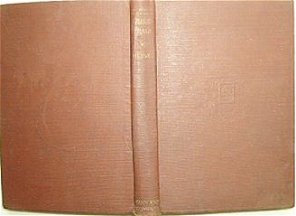
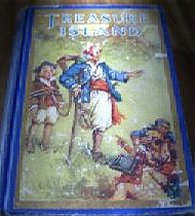
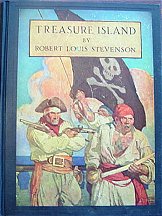
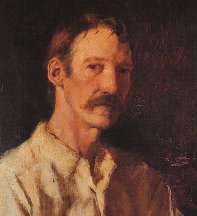 Robert
Louis Stevenson was born in Edinburgh, Scotland.on November 13, 1850.
He became an essayist, poet and author of fiction and travel books, known
especially for his novels of adventure. Stevenson's novels make skillful
use of horror and supernatural elements. Often his stories are set in colourful
locations, where his characters can forget the restrictions of Victorian
society. From his childhood Stevenson suffered from tuberculosis. He spent
much of his time in bed during his early years, composing stories before
he could read. . As an adult there were times when Stevenson could not
wear a jacket for fear of bringing on a haemorrhage of the lung. In 1867
he entered Edinburgh University to study engineering. Due to his ill health
he had to abandon his plans to follow in his father's footsteps. Stevenson
changed to law and in 1875 he was called to the Scottish bar. During these
years his first texts were published in The Edinburgh University Magazine
(1871) and The Portofolio (1873). In a attempt to improve his health, Stevenson
travelled to warmer counries. These experiences provided much material
for his literary work. Instead of practicing law, Stevenson devoted himself
to writing travel sketches, essays, and short stories for magazines. An
account of his canoe tour of France and Belgium was published in 1878 as
AN INLAND VOYAGE, and TRAVELS WITH A DONKEY IN THE CERVENNES appeared the
following year. "I travel for travel's sake," Stevenson wrote. "The great
affair is to move." While in France Stevenson met Fanny Vandegrift Osbourne,
a married woman with two children. She returned to the United States to
get a divorce. In 1879 Stevenson followed her to California where they
married in 1880. After a brief stay at Calistoga, which was recorded in
THE SILVERADO SQUATTERS (1883), they returned to Scotland, and then moved
often in search of better climates. Stevenson first gained fame with
the romantic adventure story TREASURE ISLAND, which appeared in 1883. A
CHILD'S GARDEN OF VERSES (1885) was devoted to Alison Cunningham, who was
his nurse in his childhood. The book was a success and its verses have
become popular as songs. Among Stevenson's other works from the 1880s are
KIDNAPPED (1886), the story of David Balfour, his distant ancestor, THE
STRANGE CASE OF DR. JEKYLL AND MR. HYDE (1886), based on a dream and written
and printed in 10 weeks, THE BLACK ARROW (1888), set in the era of the
War of the Roses, and MASTER OF BALLANTRAE (1889). From the late 1880s
Stevenson lived with his family in the South Seas, in Samoa - his father
died in 1887. Stevenson enjoyed a period of comparative good health. He
had nearly 20 servants and was known as 'Tusitala' or 'Teller of the Tales'.
The writer himself translated it 'Chief White Information.' Fanny was called
'Flying Cloud' - perhaps referring to her restlessness. Stevenson died
of a brain haemorrhage on December 3, 1894, in Vailima, Samoa. His last
work, WEIR OF HERMISTON (1896), was left unfinished, but is considered
his masterpiece.
Robert
Louis Stevenson was born in Edinburgh, Scotland.on November 13, 1850.
He became an essayist, poet and author of fiction and travel books, known
especially for his novels of adventure. Stevenson's novels make skillful
use of horror and supernatural elements. Often his stories are set in colourful
locations, where his characters can forget the restrictions of Victorian
society. From his childhood Stevenson suffered from tuberculosis. He spent
much of his time in bed during his early years, composing stories before
he could read. . As an adult there were times when Stevenson could not
wear a jacket for fear of bringing on a haemorrhage of the lung. In 1867
he entered Edinburgh University to study engineering. Due to his ill health
he had to abandon his plans to follow in his father's footsteps. Stevenson
changed to law and in 1875 he was called to the Scottish bar. During these
years his first texts were published in The Edinburgh University Magazine
(1871) and The Portofolio (1873). In a attempt to improve his health, Stevenson
travelled to warmer counries. These experiences provided much material
for his literary work. Instead of practicing law, Stevenson devoted himself
to writing travel sketches, essays, and short stories for magazines. An
account of his canoe tour of France and Belgium was published in 1878 as
AN INLAND VOYAGE, and TRAVELS WITH A DONKEY IN THE CERVENNES appeared the
following year. "I travel for travel's sake," Stevenson wrote. "The great
affair is to move." While in France Stevenson met Fanny Vandegrift Osbourne,
a married woman with two children. She returned to the United States to
get a divorce. In 1879 Stevenson followed her to California where they
married in 1880. After a brief stay at Calistoga, which was recorded in
THE SILVERADO SQUATTERS (1883), they returned to Scotland, and then moved
often in search of better climates. Stevenson first gained fame with
the romantic adventure story TREASURE ISLAND, which appeared in 1883. A
CHILD'S GARDEN OF VERSES (1885) was devoted to Alison Cunningham, who was
his nurse in his childhood. The book was a success and its verses have
become popular as songs. Among Stevenson's other works from the 1880s are
KIDNAPPED (1886), the story of David Balfour, his distant ancestor, THE
STRANGE CASE OF DR. JEKYLL AND MR. HYDE (1886), based on a dream and written
and printed in 10 weeks, THE BLACK ARROW (1888), set in the era of the
War of the Roses, and MASTER OF BALLANTRAE (1889). From the late 1880s
Stevenson lived with his family in the South Seas, in Samoa - his father
died in 1887. Stevenson enjoyed a period of comparative good health. He
had nearly 20 servants and was known as 'Tusitala' or 'Teller of the Tales'.
The writer himself translated it 'Chief White Information.' Fanny was called
'Flying Cloud' - perhaps referring to her restlessness. Stevenson died
of a brain haemorrhage on December 3, 1894, in Vailima, Samoa. His last
work, WEIR OF HERMISTON (1896), was left unfinished, but is considered
his masterpiece.
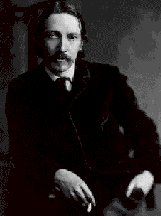
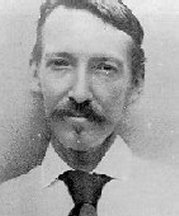
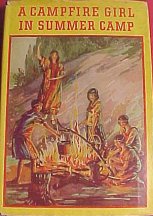
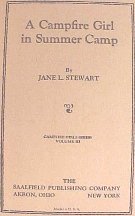
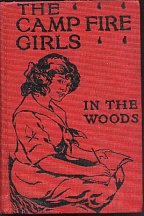
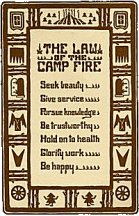
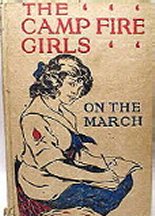
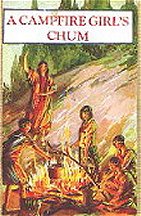
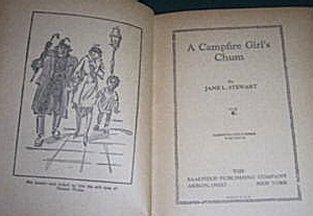
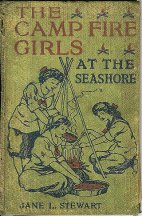
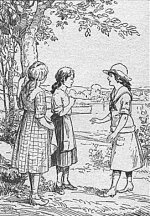
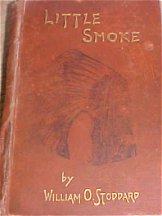
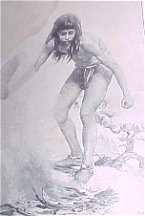
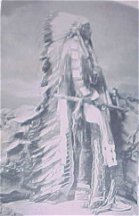
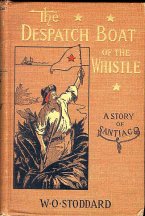

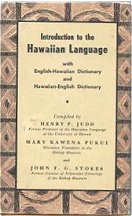
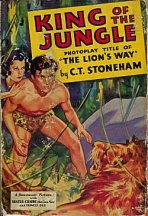
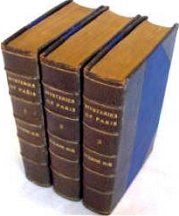
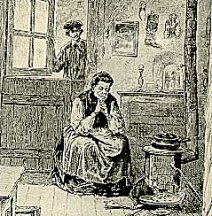
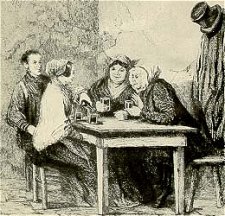
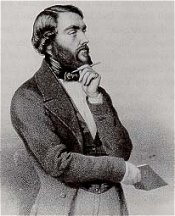 Eugène
Sue Parisian journalist, called the "king of the popular
novel," one of the most widely read writers of melodramatic fiction in
19th-century France. Sue was
one of the most widely read authors in France in the mid-nineteenth century.
Sue's vehicle for fame and fortune was the feuilleton, the serial novel
which was a feature of the French periodical press in the 1840's. He was
made famous by his novel, Les Mystères de Paris. The novel was written
in installments for Le Constitutionnel in 1842 and 1843.
Eugène
Sue Parisian journalist, called the "king of the popular
novel," one of the most widely read writers of melodramatic fiction in
19th-century France. Sue was
one of the most widely read authors in France in the mid-nineteenth century.
Sue's vehicle for fame and fortune was the feuilleton, the serial novel
which was a feature of the French periodical press in the 1840's. He was
made famous by his novel, Les Mystères de Paris. The novel was written
in installments for Le Constitutionnel in 1842 and 1843.
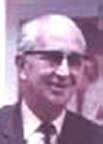
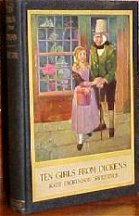
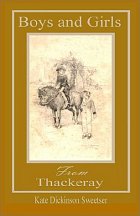

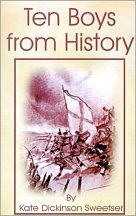
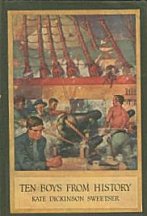
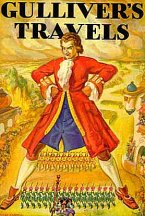
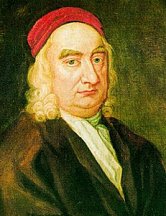 Jonathan
'Isaac Bickerstaff' Swift (1667-1745)
Jonathan
'Isaac Bickerstaff' Swift (1667-1745)








